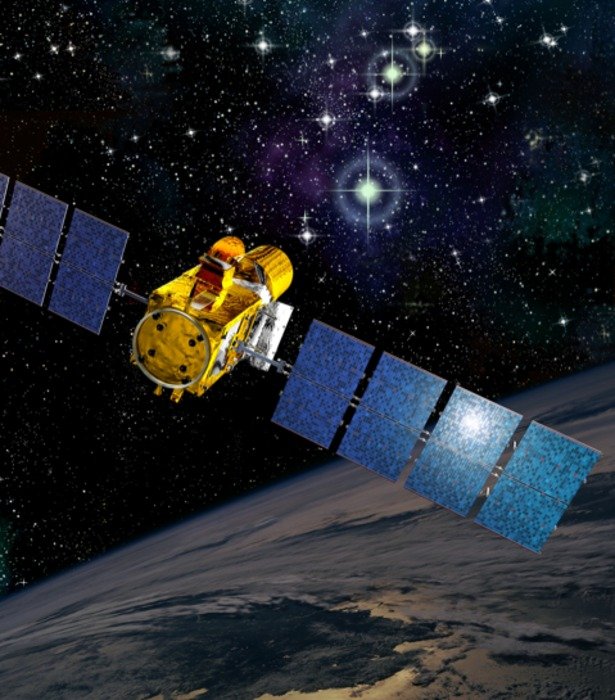PARIS, Nov. 20 (UPI) -- One of the first space telescopes to hunt for planets outside our solar system may be near death after a radiation overdose, European astronomers say.
The COROT satellite, launched in 2006 to look for exoplanets by watching for dips in light when they pass in front of their host stars, has lost the use of its only remaining on-board computer and can no longer receive data from its 12-inch telescope, NewScientist.com reported.















